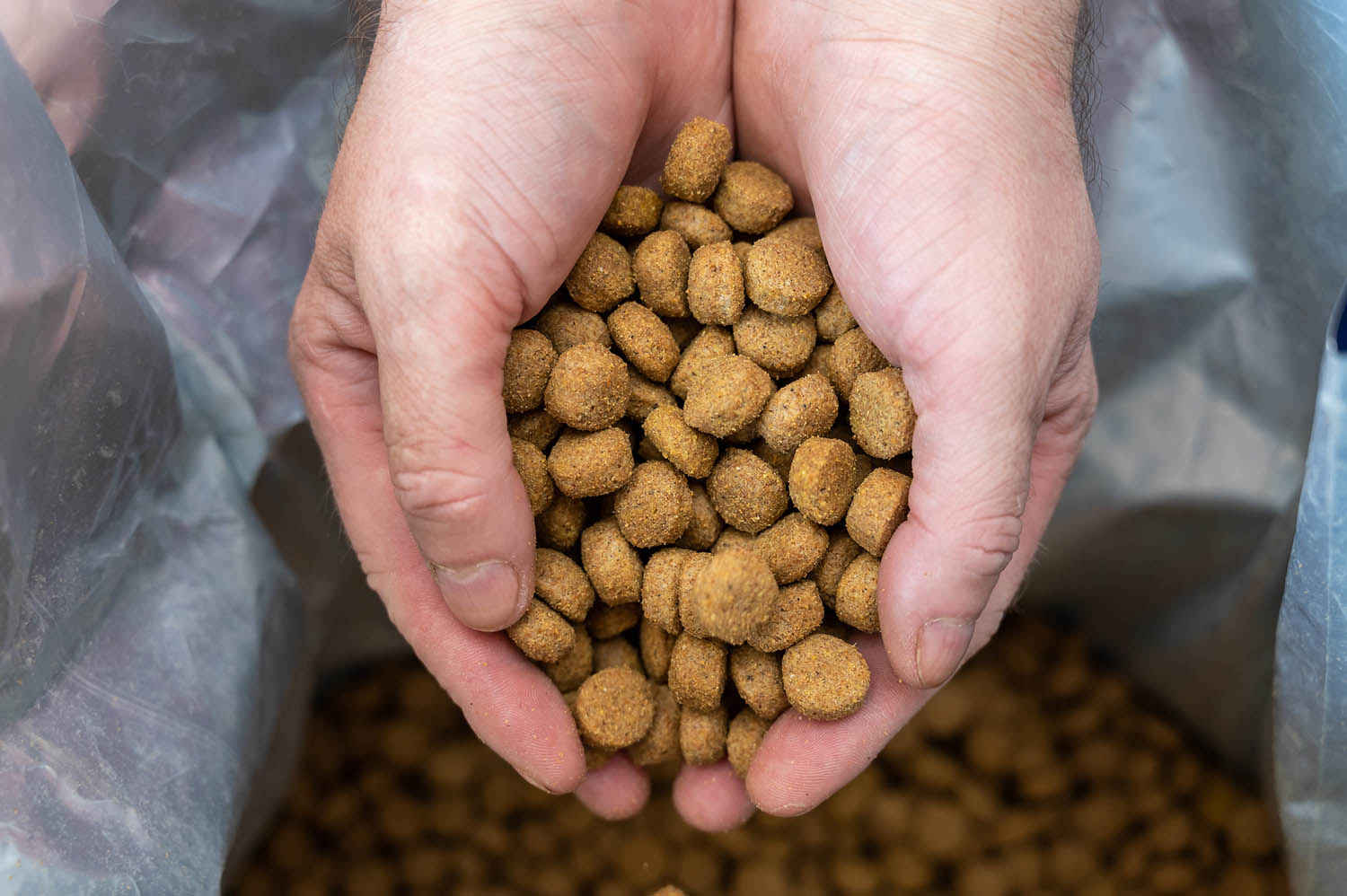Pet food labels are full of information, much of it required by strict state and federal standards. The U.S. Food and Drug Administration (FDA) has federal label requirements under the Federal Food Drug and Cosmetic Act (FD&CA) and states implement their own label regulations, often following model language set by the Association of American Feed Control Officials (AAFCO).
In accordance with regulatory requirements, pet food makers are required to:
- Print the brand or product name
- Clearly identify if the pet food is for a cat or dog
- Indicate the net weight or net volume
- Provide a Guaranteed Analysis, which is required to include protein, fat, fiber and moisture
- List ingredients in descending order based on weight
- Have a Nutritional Adequacy Statement, indicating the food is complete and balanced for a pet’s particular life stage
- Provide feeding instructions
- Include the name and address of the manufacturer or distributor
- Three key pieces of information found amongst the label details will help to ensure your pet is getting the nutrition he or she needs.
Nutritional Adequacy Statement
Veterinary researchers have identified more than 40 essential nutrients that healthy dogs and cats require. Most commercially prepared pet food recipes are designed to be “complete and balanced” for the life stage of a pet, which means a serving provides each of those required nutrients at the proper levels[1]. Nutrients can be grouped into four categories: protein and amino acids, fat, carbohydrates, and vitamins and minerals.
Many pet food packages clearly display “complete and balanced” on the front of the package, but shoppers can also look for the Nutritional Adequacy Statement. Often found on the back or side panel of the package, this statement will attest that food provides complete nutrition, and list the method used for making this claim.
Life Stage
As indicated, “complete and balanced” means total nutrition for a specific life stage. For instance, the nutritional needs of a growing puppy or kitten are different than the needs of an adult dog or cat. The nutrient profiles for puppies and kittens include a higher protein and fat minimum. Female dogs and cats that are pregnant or nursing also have different nutritional profiles[2]. If the nutritional demands of pregnant pets are not met, the mother and/or the litter may suffer from negative health impacts due to malnutrition. Look for the intended life stage on the package. It may be may found in the Nutritional Adequacy Statement.
Guaranteed Analysis
All pet food labels require a Guaranteed Analysis (GA), which provides product information to regulators who review each label for complete compliance with nutrient requirements and voluntary label claims. The GA also provides information to consumers to help them find the levels of, at a minimum, four nutrients: protein, fat, fiber, and moisture.
Click here for more information on the Guaranteed Analysis and how to use it to compare products.
[1] http://www.fda.gov/AnimalVeterinary/ResourcesforYou/ucm047120.htm
[2] National Research Council (2006) Nutrient requirements of dogs and cats. National Academies Press, Washington, DC.



